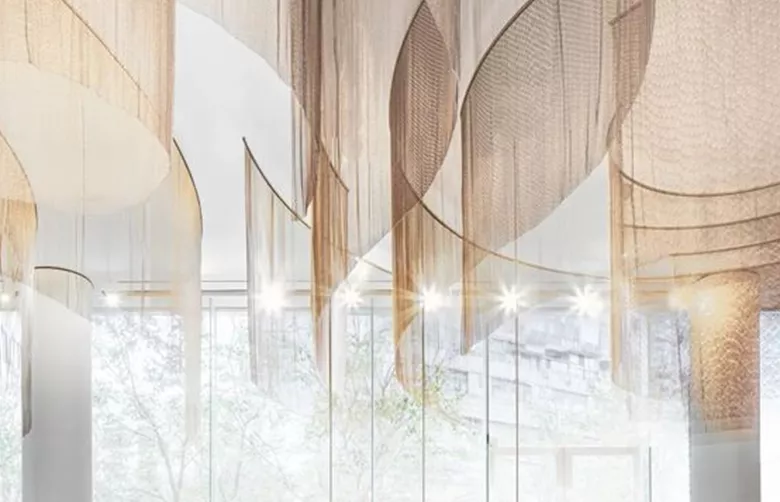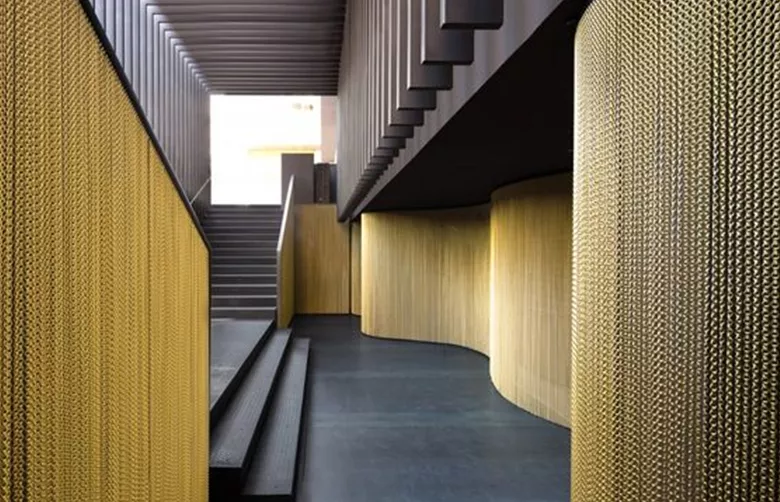-
About UsProductsCustomized SolutionProjectGalleryNews
The Evolution of Woven Metal Interiors: From Tradition to Innovation
Release time: July 11, 2023Woven metal interiors have a long and rich history, with their roots dating back to ancient times. Over the years, woven metal interiors have evolved from a traditional craft to a modern design element, with new technologies and materials pushing the boundaries of what is possible. In this article, we will explore the evolution of woven metal interiors from tradition to innovation.
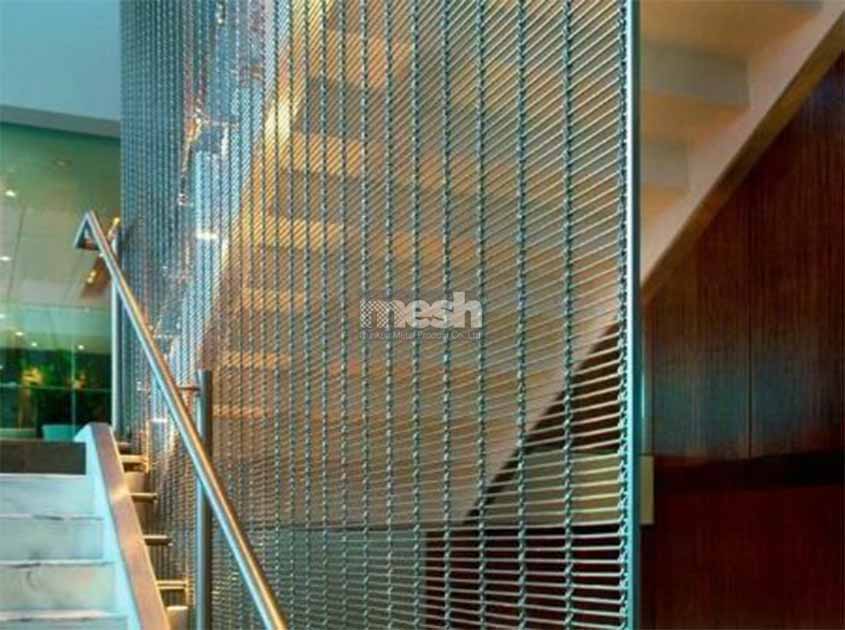
Tradition:
Woven metal interiors have been used for centuries in various cultures around the world. From the elaborate metalwork of ancient Persia to the intricate wirework of medieval Europe, woven metal interiors have been a symbol of wealth, power, and prestige. These traditional designs were often crafted by hand and featured intricate patterns and motifs.
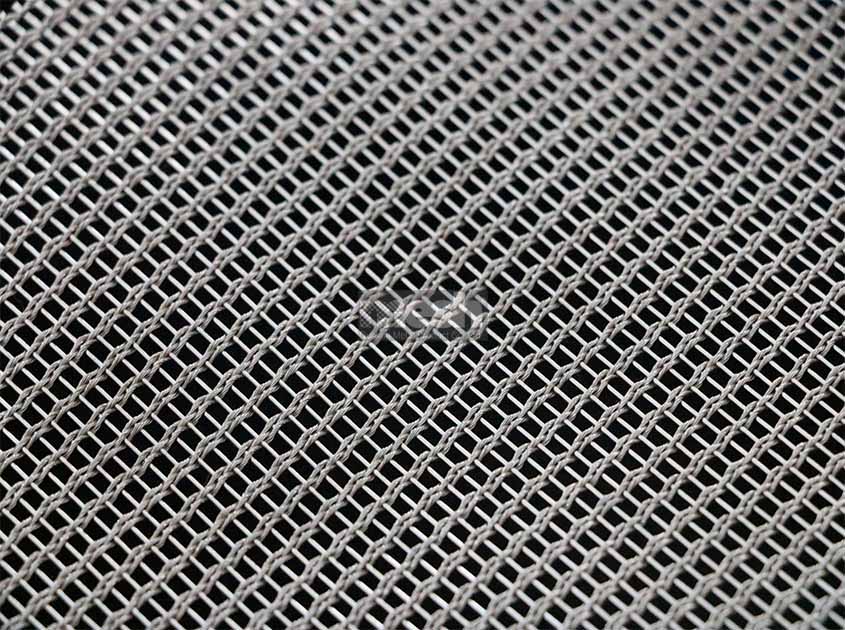
Industrialization:
With the advent of industrialization in the 19th century, woven metal interiors became more accessible to a wider audience. New manufacturing techniques, such as wire weaving machines, allowed for mass production of woven metal interiors. This made the designs more affordable and allowed for greater experimentation with new materials and patterns.
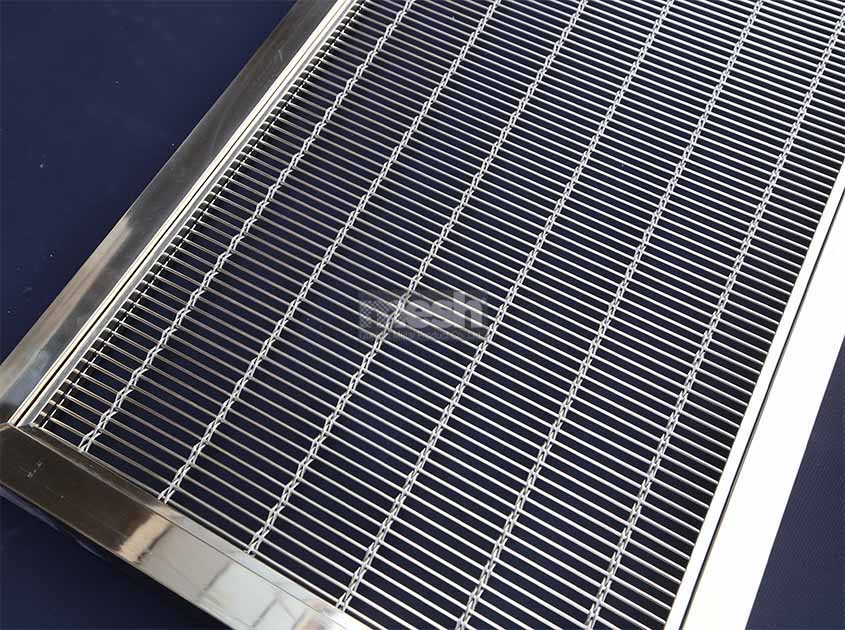
Modernism:
In the 20th century, woven metal interiors were embraced by the modernist movement. The clean lines and minimalist aesthetic of modernism were well-suited to the simplicity of woven metal designs. The use of new materials, such as stainless steel and aluminum, allowed for greater durability and flexibility in design.
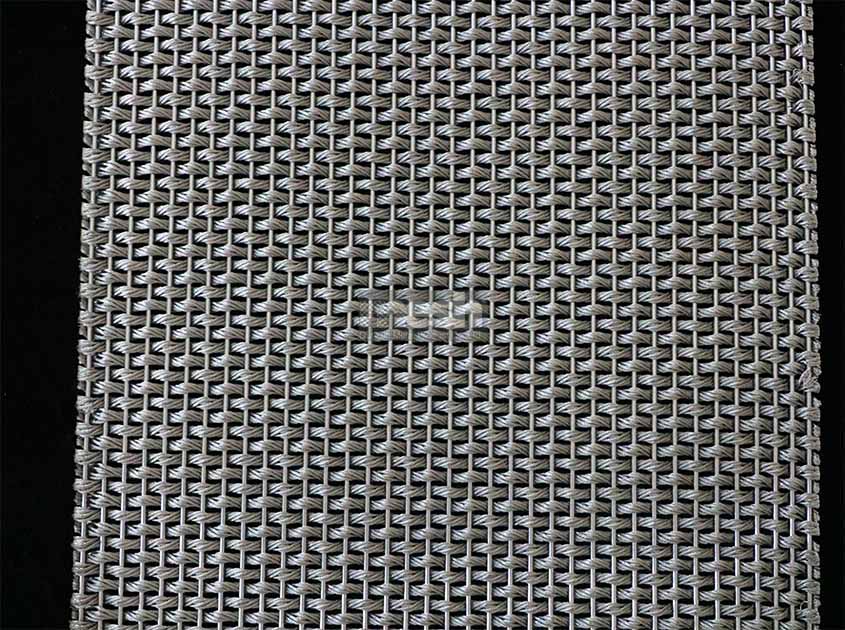
Innovation:
Today, woven metal interiors continue to evolve and innovate. New technologies, such as computer-aided design and 3D printing, have allowed for greater precision and complexity in woven metal designs. New materials, such as titanium and carbon fiber, have opened up new possibilities for strength and durability in woven metal interiors. Woven metal interiors are now used in a wide range of applications, from architecture and interior design to automotive and aerospace engineering.
Conclusion:
The evolution of woven metal interiors from tradition to innovation has been a long and fascinating journey. From the ancient craft of metal weaving to the modern technologies of 3D printing and carbon fiber, woven metal interiors continue to push the boundaries of what is possible. Whether you are looking for a traditional design or a modern innovation, woven metal interiors offer a timeless and elegant solution for a wide range of applications.
Recommended News



